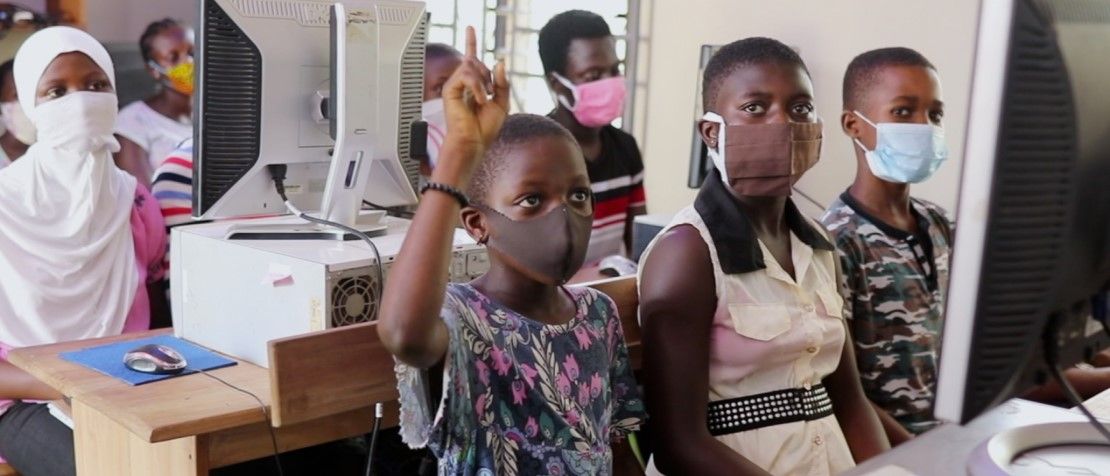
New ITU tools to foster digital development
Data is critical to our goal of connecting the world. It tells us where we were, where we are, what works and what doesn’t. It is a key ingredient of empirical research for establishing correlation, determining causality, identifying good practices, and formulating policy recommendations. Since the advent of the Internet, data volumes have grown exponentially. And yet, reliable and meaningful data remain surprisingly scant, because producing such data is often complex, costly, and time-consuming.
Through a range of tools and activities, the International Telecommunication Union (ITU) has been supporting Member States and other stakeholders at every step of the data life cycle, from setting standards and methods for data collection to promoting the use of data in decision making.
To enhance its offerings, ITU has released three new tools: an online training course; a new edition of ICT price trends; and the Digital Development Dashboard.
Developing statistical capacity
ITU is responsible for setting the international statistical standards for ICT indicators. The Manual for measuring ICT access and use by households and individuals and the Handbook for the collection of administrative data on telecommunications/ICT describe approximately the 200 or so standards maintained by ITU.
These practical guides, freely available in six languages, represent the ultimate reference for statisticians and economists seeking to measure digital development.
These publications are complemented by capacity development activities on the ground. To reach a broader audience, ITU is also creating several online training courses on ICT statistics. The first, Measuring digital development: Telecommunication/ICT Indicators, is now available for free on the ITU Academy platform.
Tracking the cost of connectivity
The cost of connecting to the Internet partly is one of the key reasons why some 3.7 billion people are still offline and prevents many of the 4 billion who are connected from harnessing the potential of the Internet.

Number of economies achieving the Broadband Commission target with data-only mobile-broadband services. Includes 188 economies for which data is available from 2020 data collection. Source: ICT Price trends 2020, ITU
The report takes stock of progress towards the UN Broadband Commission’s affordability target for 2025, according to which entry-level broadband services – i.e., the cheapest data-only broadband mobile or fixed subscription available – should amount to less than two per cent of monthly gross national income (GNI) per capita.
Although ICT services have become more affordable in general, in many countries entry-level broadband services remain prohibitively expensive and the two per cent affordability a distant prospect.
The report features new measures of affordability that reveal vast disparities within countries: even where the target has been met at country level, services often remain unaffordable for the 40 per cent poorest. As a complement to the report, a new ICT price app enables users to compare prices of various ICT services across countries and regions and visualise trends going back 10 years. ICT price trends follow a massive data collection effort by ITU, its Member States, and the Alliance for Affordable Internet (A4AI).
Making data more accessible
Hidden data cannot create impact.
The newly launched Digital Development Dashboard provides a user-friendly overview of digital development for 196 economies.

The Dashboard features 37 indicators related to infrastructure and access, Internet use, and enablers and barriers. It presents 10-year trends and comparisons with regional peers. A ‘light’ version is available for mobile and low-resolution devices, while two-page country profiles can be downloaded as PDFs. The underlying data can also be downloaded in Excel format. We welcome your feedback and suggestions on the dashboard. Your input will help inform our future data dissemination strategy. Be sure to check out other resources such as the ITU statistics website, the ICT Eye platform, and the World Telecommunication/ICT Indicators Database.
Header image credit: ITU
